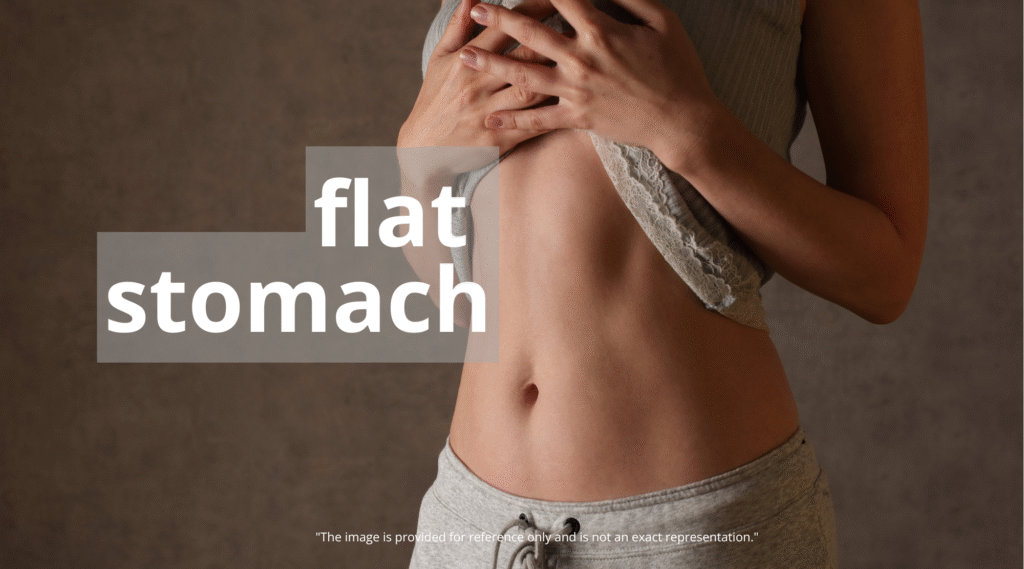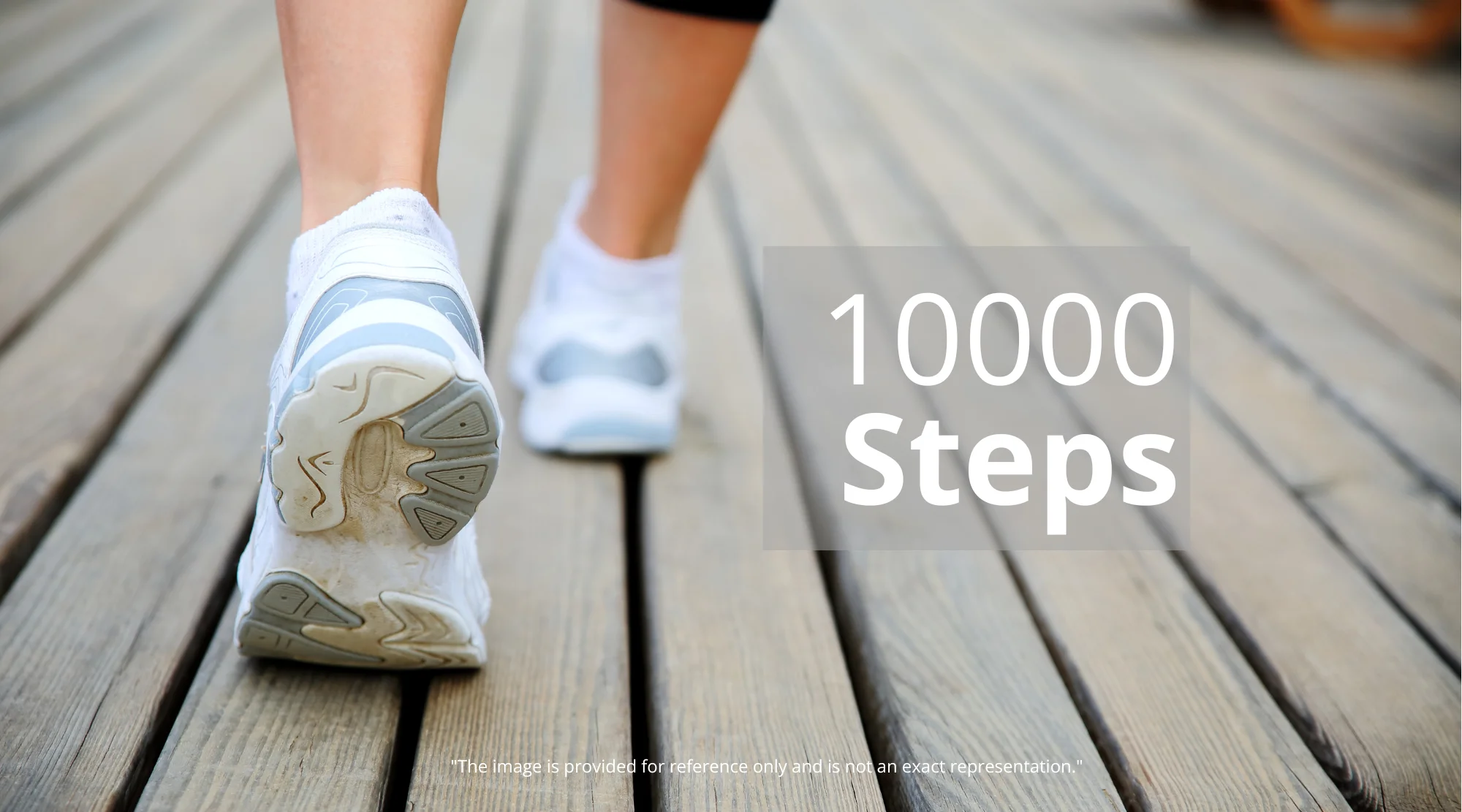Unleash Your Potential: How Exercise Fuels Your Health and Well-being
The choices we make every day, from the food we eat to the way we spend our time, shape our health and longevity. While seemingly small decisions like choosing between whole or low-fat milk can spark debate, the impact of exercise on our overall well-being is undeniable. Recent studies highlight the remarkable power of physical activity, not only for disease prevention but also for enhancing our mental and physical health. This article delves into the multifaceted benefits of exercise, offering actionable insights to inspire a healthier, more vibrant you.

The Powerful Link Between Exercise and Cancer Prevention
One of the most significant findings in recent research underscores the crucial role of exercise benefits in combating diseases like cancer. Scientists are constantly uncovering how exercise can directly influence our bodies at a cellular level, providing a potent defense against cancer’s development and progression.
Exercise and Breast Cancer: A Promising Correlation
A groundbreaking study, highlighted in the original text, focused on breast cancer survivors. The results showed that even a single session of interval training or weightlifting increased levels of specific molecules in the blood, which helped suppress the growth of laboratory-grown breast cancer cells. This suggests that regular exercise may not only reduce the risk of cancer but could also diminish the chances of recurrence. This is a very important topic, and you can find more information in our blog, in the article: Single Workout Fights Cancer: New Study Reveals Exercise’s Amazing Power:
Beyond Breast Cancer: Exercise’s Broader Impact
The positive effects of exercise extend beyond breast cancer. Research indicates that regular physical activity can reduce the risk of various cancers, including colon, endometrial, and lung cancer. Exercise achieves this through multiple mechanisms:
- Boosting the Immune System: Exercise strengthens the immune system, allowing the body to detect and destroy cancerous cells more effectively.
- Regulating Hormones: Physical activity helps regulate hormones like insulin and estrogen, which can fuel cancer growth.
- Reducing Inflammation: Chronic inflammation is a major contributor to cancer development. Exercise has anti-inflammatory properties.
Exercise and Mental Well-being: A Powerful Duo
The benefits of exercise extend far beyond the physical realm. Regular physical activity has a profound impact on mental well-being, making it a cornerstone of a healthy lifestyle.
Exercise as a Mood Booster
Exercise is a natural mood elevator. During physical activity, the body releases endorphins, which have mood-boosting effects. This can alleviate symptoms of depression and anxiety, providing a natural alternative or complement to traditional treatments. In our blog, you can find further information about the benefits of exercise and mental health in the article: Exercise & Men’s Health: Boost Your Mental, Physical, and Sexual Well-being.
Exercise and Stress Management
In today’s fast-paced world, stress is a constant companion for many. Exercise serves as an effective stress reliever, helping to calm the mind and body. It reduces the levels of stress hormones like cortisol, promoting relaxation and improved sleep. You can find a guide for stress management in the article: Master Stress: Proven Strategies for a Calmer, Healthier You | Be Full Be Health.
Cognitive Enhancement through Exercise
Regular exercise has also been linked to improved cognitive function. Physical activity increases blood flow to the brain, promoting the growth of new brain cells and enhancing memory and focus.
Navigating the Exercise Landscape: Types and Guidelines
The benefits of exercise are undeniable, but the key is to find an exercise routine that fits your lifestyle and preferences.
Different Types of Exercise
A balanced fitness regimen should include various types of exercise to maximize benefits:
- Cardio: Activities like running, swimming, or cycling elevate your heart rate and improve cardiovascular health.
- Strength Training: Weightlifting or resistance exercises build muscle mass, boost metabolism, and strengthen bones.
- Flexibility and Balance: Yoga and stretching exercises improve flexibility, balance, and range of motion.
Recommended Exercise Guidelines
The American Heart Association recommends the following:
- Adults: At least 150 minutes of moderate-intensity or 75 minutes of vigorous-intensity aerobic activity per week, plus strength training at least two days a week.
- Children and Adolescents: At least 60 minutes of moderate-to-vigorous intensity physical activity daily.
Addressing the Barriers to Exercise
While the benefits of exercise are clear, many individuals face obstacles that prevent them from making physical activity a regular part of their lives.
Time Constraints
A common challenge is lack of time. However, even short bursts of exercise can make a difference. Consider:
- High-intensity interval training (HIIT): Short, intense workouts that can be completed in as little as 20-30 minutes.
- Incorporating activity into your daily routine: Taking the stairs instead of the elevator, walking during your lunch break, or parking further away from your destination.
Lack of Motivation
Staying motivated is crucial for long-term success. Strategies to maintain motivation include:
- Finding an exercise buddy: Exercising with a friend or family member can provide accountability and make workouts more enjoyable.
- Setting realistic goals: Start with small, achievable goals and gradually increase the intensity and duration of your workouts.
- Tracking your progress: Monitoring your progress can be a powerful motivator. Utilize fitness trackers, apps, or journals to keep track of your achievements.
- Celebrating your successes: Reward yourself for reaching milestones.
Physical Limitations
Individuals with physical limitations or health conditions should consult with their doctor before starting an exercise program. Consider:
- Adapting exercises: Modify exercises to accommodate your abilities.
- Working with a physical therapist: A physical therapist can create a tailored exercise plan.
Exercise and Diet: A Synergistic Relationship
Exercise and diet are two sides of the same coin. Both are crucial for optimal health, and their effects are amplified when combined.
The Role of Nutrition in Fueling Exercise
A balanced diet provides the necessary nutrients to fuel exercise and support muscle recovery. Key dietary considerations include:
- Protein: Essential for muscle repair and growth.
- Carbohydrates: The primary fuel source for exercise.
- Healthy Fats: Support overall health and hormone production.
To know more about healthy eating, read our article: Healthy Eating at 70: Harvard’s Dietary Secrets for Longevity and Vitality.
Diet and Exercise for Weight Management
Combining exercise with a balanced diet is the most effective strategy for weight management. Exercise burns calories, while a healthy diet provides the necessary nutrients to support a healthy metabolism and prevent overeating.
Beyond the Body: Social and Environmental Factors
The benefits of exercise extend beyond the physical and mental realms, influencing social connections and environmental awareness.
Exercise as a Social Activity
Participating in group fitness classes, sports teams, or outdoor activities can enhance social connections, reduce feelings of isolation, and boost overall well-being.
Exercise and Environmental Consciousness
Choosing to walk, cycle, or use public transport instead of driving, can contribute to a healthier environment. Engaging in outdoor activities connects us with nature and promotes environmental awareness. You can read our article about the benefits of outdoor exercise in the article: Unleash Your Health: The Ultimate Guide to the Amazing Benefits of Outdoor Exercise.
Practical Tips for Incorporating Exercise Into Your Life
Making exercise a regular part of your life requires planning, commitment, and a bit of creativity.
Creating a Personalized Exercise Plan
Consider these steps:
- Assess your current fitness level: Determine your baseline.
- Set realistic goals: Start small and gradually increase intensity.
- Choose activities you enjoy: Make exercise fun.
- Schedule your workouts: Treat them like important appointments.
- Track your progress: Monitor your achievements.
Overcoming Common Challenges
Stay consistent by:
- Preparing for workouts: Laying out your workout clothes the night before.
- Finding convenient workout options: Exploring online fitness classes, local gyms, or parks.
- Making exercise a habit: Consistency is key.
The Future of Exercise: Technology and Innovation
Technology is transforming the way we approach exercise, offering new tools and opportunities to enhance our fitness journey.
Wearable Technology
Fitness trackers, smartwatches, and other wearable devices provide valuable data on activity levels, heart rate, sleep quality, and more. This data can be used to personalize exercise programs and track progress.
Online Fitness Platforms
Online fitness platforms offer a wide variety of workout classes, personalized training plans, and virtual communities to support your fitness goals.
The Role of AI
Artificial intelligence is being used to create personalized exercise programs, analyze fitness data, and provide real-time feedback to optimize performance.
The Impact of Exercise on Specific Health Conditions
Exercise plays a crucial role in managing and preventing a wide range of health conditions.
Exercise for Cardiovascular Health
Regular physical activity strengthens the heart, lowers blood pressure, improves cholesterol levels, and reduces the risk of heart disease and stroke. You can find more information about the heart in the article: Intermittent Fasting and Heart Health: New Study Raises Concerns.
Exercise and Diabetes Management
Exercise improves insulin sensitivity, helps control blood sugar levels, and reduces the risk of type 2 diabetes.
Exercise for Bone Health
Weight-bearing exercises, such as walking, running, and strength training, strengthen bones and reduce the risk of osteoporosis.
Conclusion: Embrace the Power of Movement
Exercise is not merely a means to achieve a certain physical appearance; it is a cornerstone of overall health and well-being. From cancer prevention and improved mental health to enhanced cognitive function and social connections, the benefits of regular physical activity are vast and far-reaching. By making informed choices, overcoming challenges, and embracing the power of movement, you can unlock your full potential and live a healthier, more vibrant life.
Summary: Take the First Step
The journey toward a healthier lifestyle begins with a single step. Whether it’s a brisk walk, a strength training session, or a yoga class, the most important thing is to get moving. Find activities you enjoy, set realistic goals, and make exercise a consistent part of your routine. Embrace the power of movement, and experience the transformative benefits that exercise can bring to your life.














7 comments